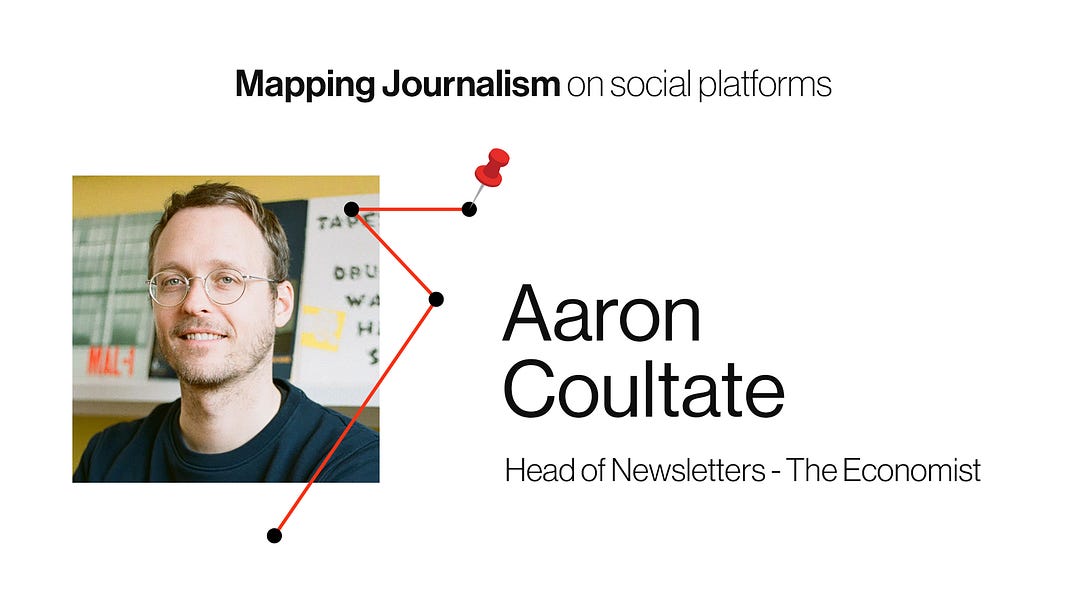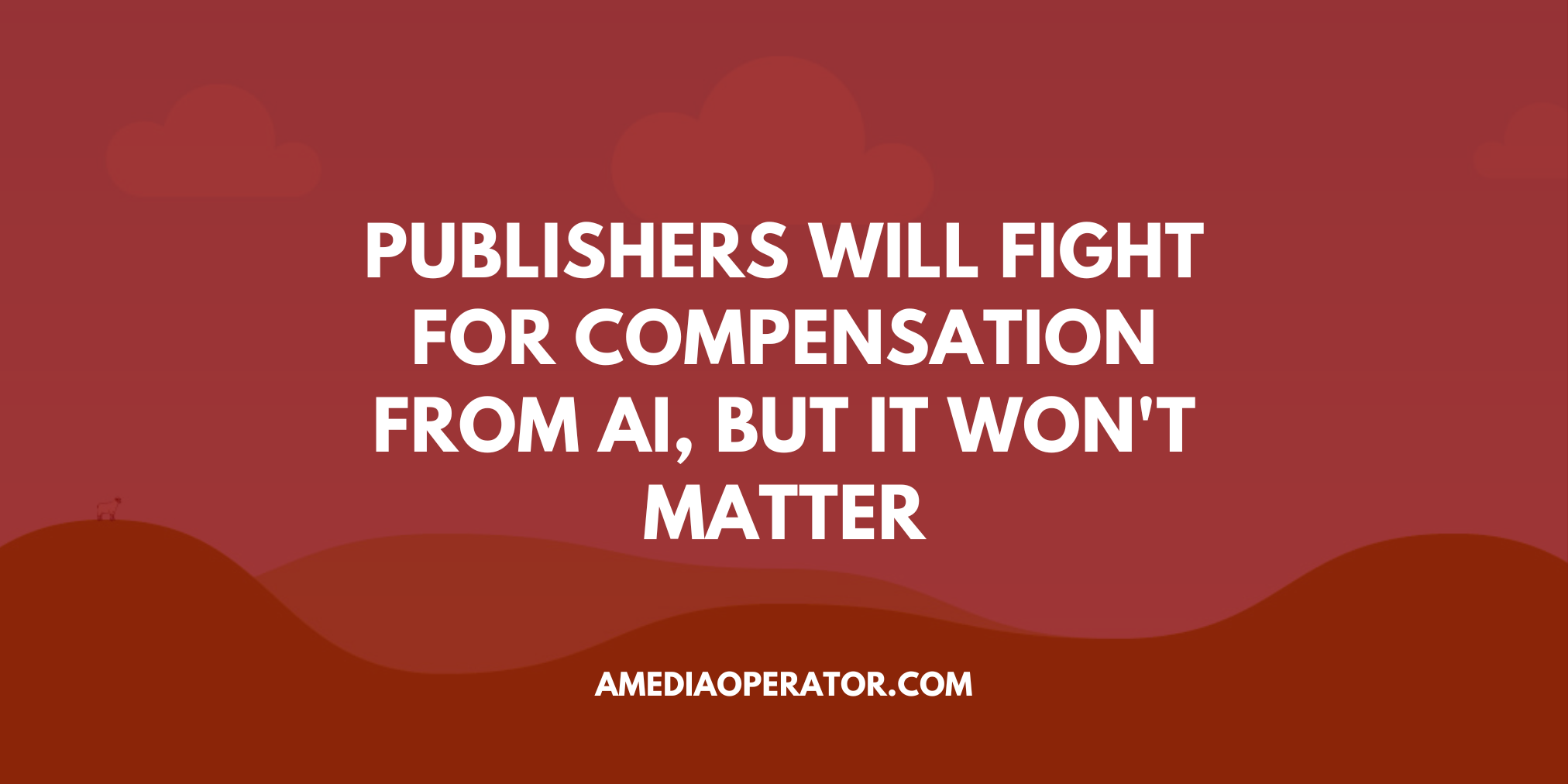- The Publisher Newsletter
- Posts
- Wednesday 29th March: Why legacy is a positive word for TIME
Wednesday 29th March: Why legacy is a positive word for TIME
Good morning! Today's newsletter is brought to you by Esther.
Have you got an upcoming event, job opening or report coming out, or would you simply like to shout about what your company does? We're opening up this slot for a lead ad. That can be a banner, text, or a mix! Slots can be booked on a day-by-day basis via our self-serve system, or just reply to this email if you'd like put together a package for block bookings.
At the beginning of March, TIME celebrated its centenary. 100 years after the first TIME magazine was published in New York City on March 3rd 1923, the publication has undergone a number of transformations in order to keep up with the rapidly evolving landscape. But its longstanding reputation has also played a part in helping it survive some of the more turbulent conditions in recent years.
TIME’s Executive Chairman (and, until this week, Editor in Chief) Edward Felsenthal joined us earlier this month to talk about the title's centenary celebrations. He has been at the helm of TIME for a decade, including overseeing the bringing together of the print and digital teams together into one digital-facing presence.
It's not surprising that Felsenthal sees TIME's legacy as a positive thing - he is leading the title, after all. But I thought it was interesting how he cited that as one of the reasons the magazine has been able to avoid the fate of many of the modern digital media companies.
I am deeply, deeply sceptical about the long-term outlook for LinkedIn newsletters. The platform (like many others) often launches features, realises they're massively overpowered, then reigns them right back in, like they have with Groups and all sorts of other notifications. You don't even get to collect email addresses, so you don't really 'own' the subscribers. But while you're able to send notifications to a page with 13 million followers getting them to sign up to your new LinkedIn newsletter, why not give it a shot.
Some of the stuff I've seen this week about the latest iteration of ChatGTP is really, genuinely frightening. It completely makes things up peppered with just enough truth to make it seem plausible, won't cite sources and, if pressed, will instead completely make them up. Here, Jacob Donnelly notes that these tools are parasitic, but there's very little publishers can do. It's not all doom and gloom though - there are some opportunities for niche operators.
Some damning findings out this week in a new report from the Ethical Journalism Network. Many Black journalists and stakeholders feel unsupported, have their ideas routinely rejected, and have no one in a senior position to look to for impartial guidance. The proportion of Black journalists has increased in recent years, and it'll take time for this to filter through to senior positions. But we need to do more to ensure talented people stay in the industry.
More from Media Voices
A lack of support in the industry was one of the things that drove Tobi Oredein to launch her own publication. This is also worth listening to again for her journey to launch memberships ahead of the curve.






